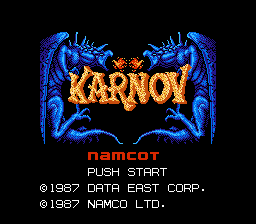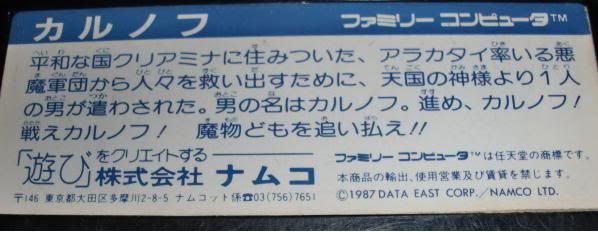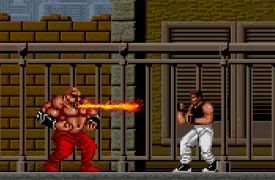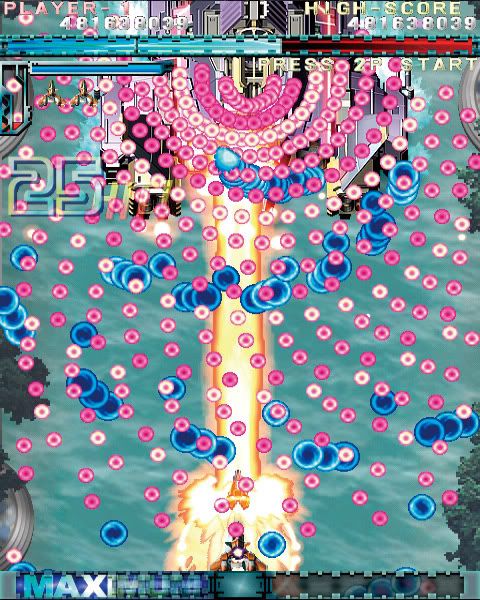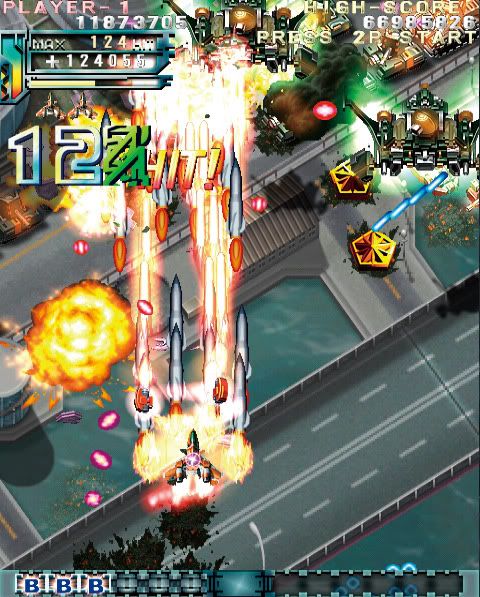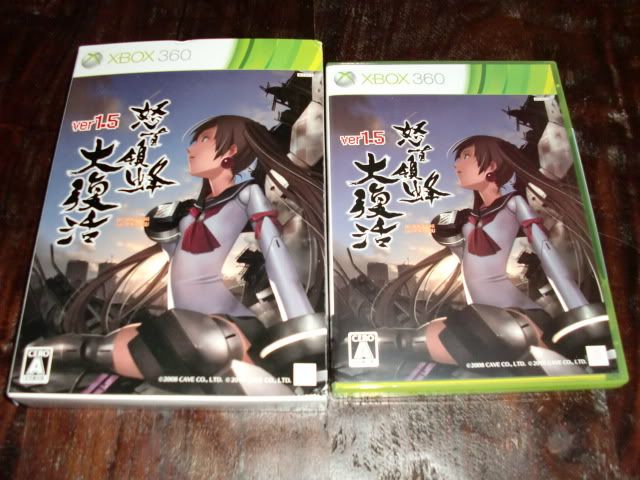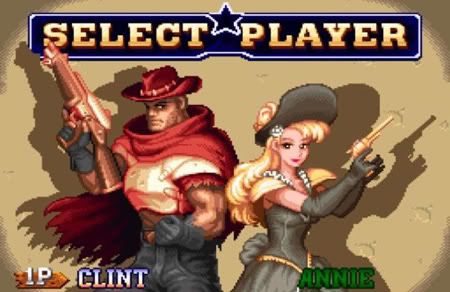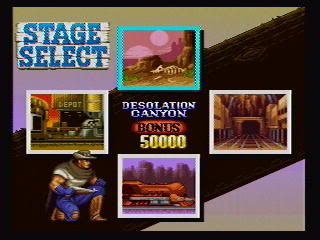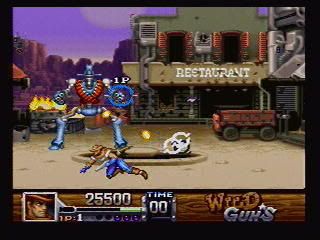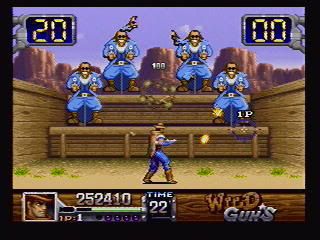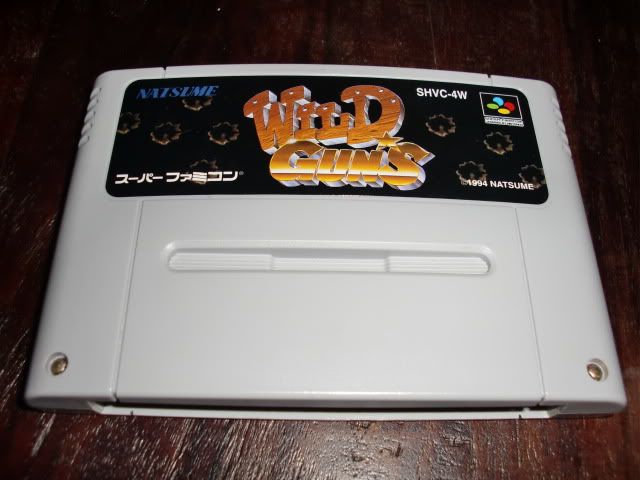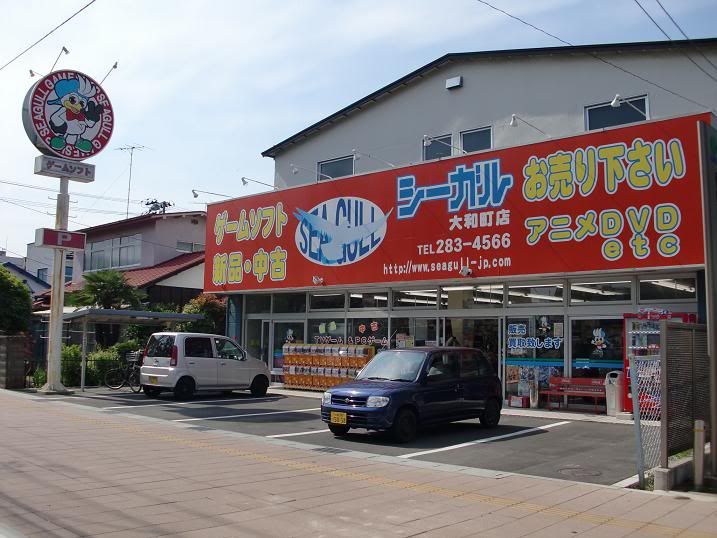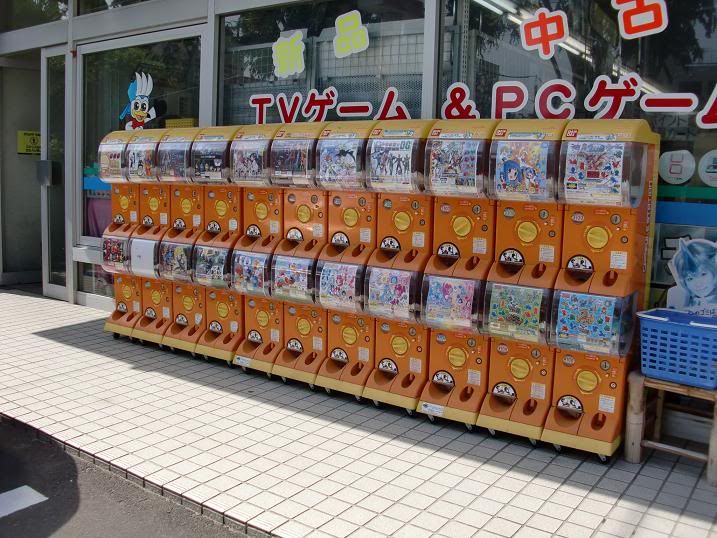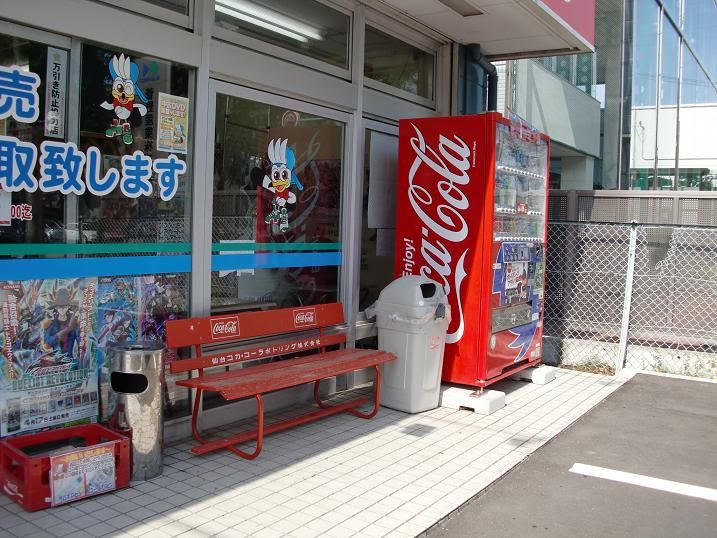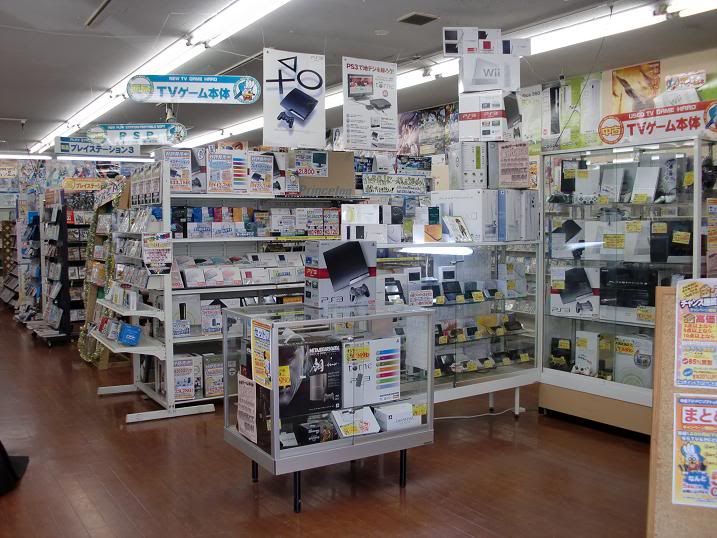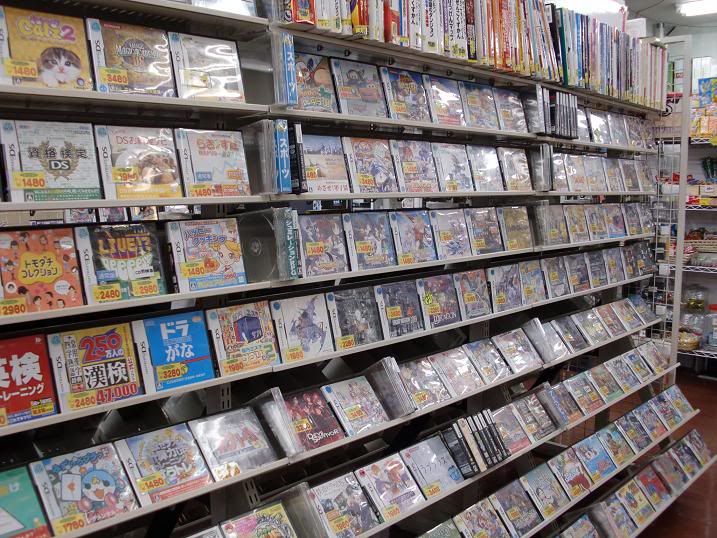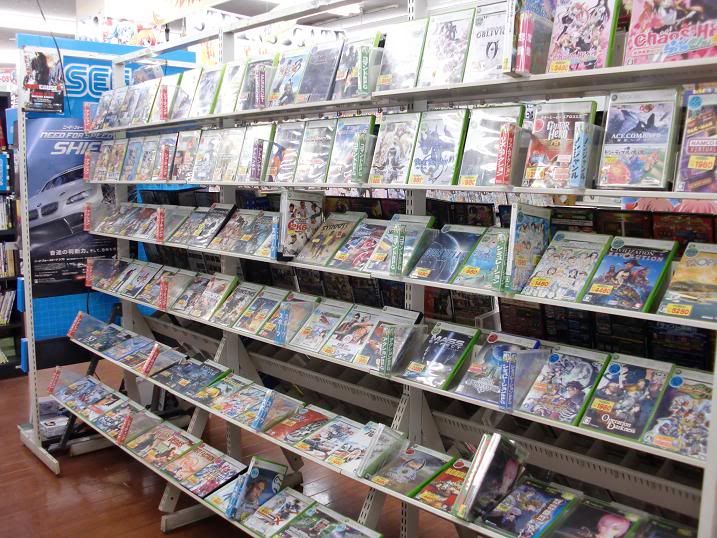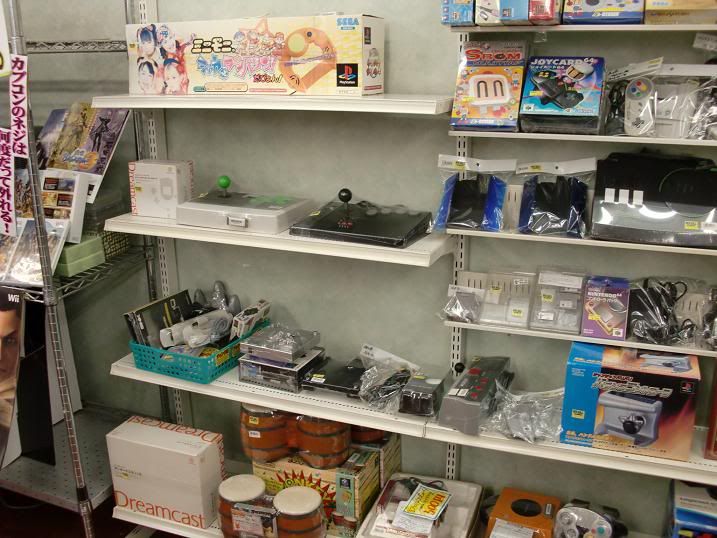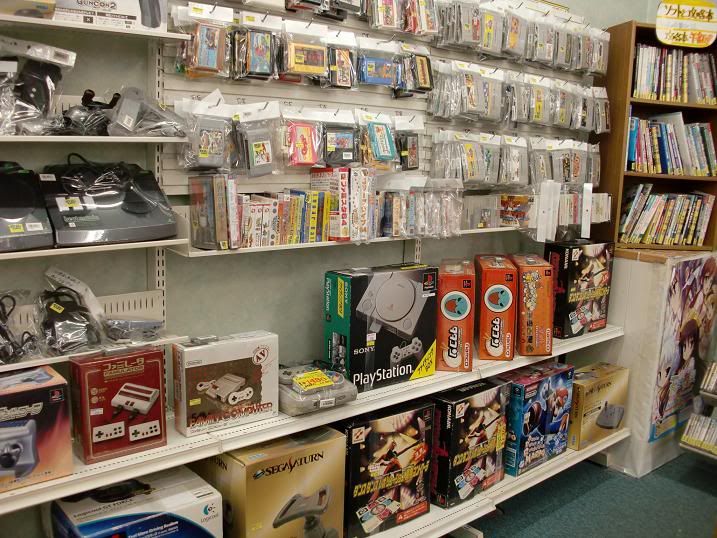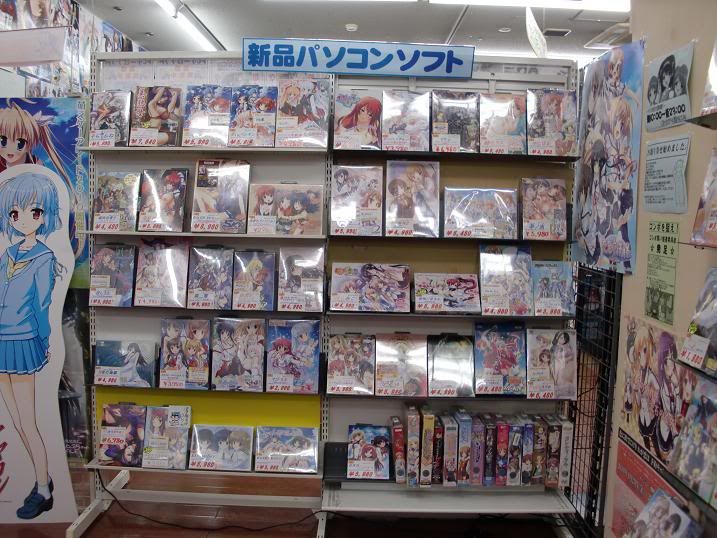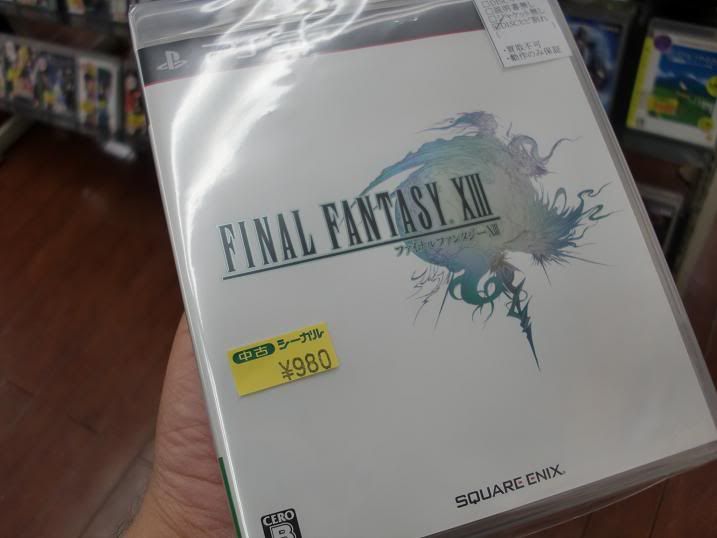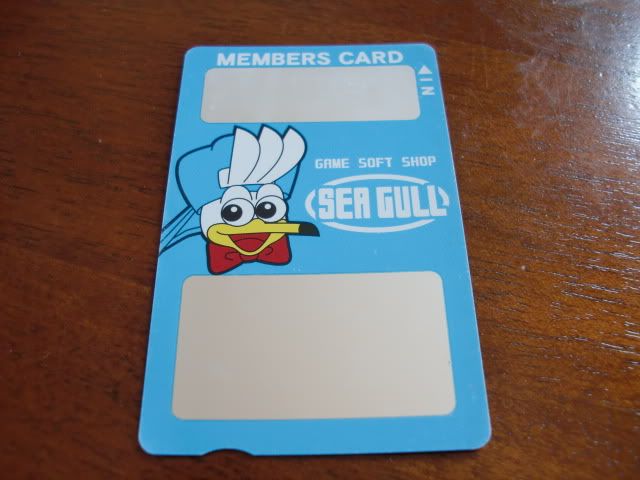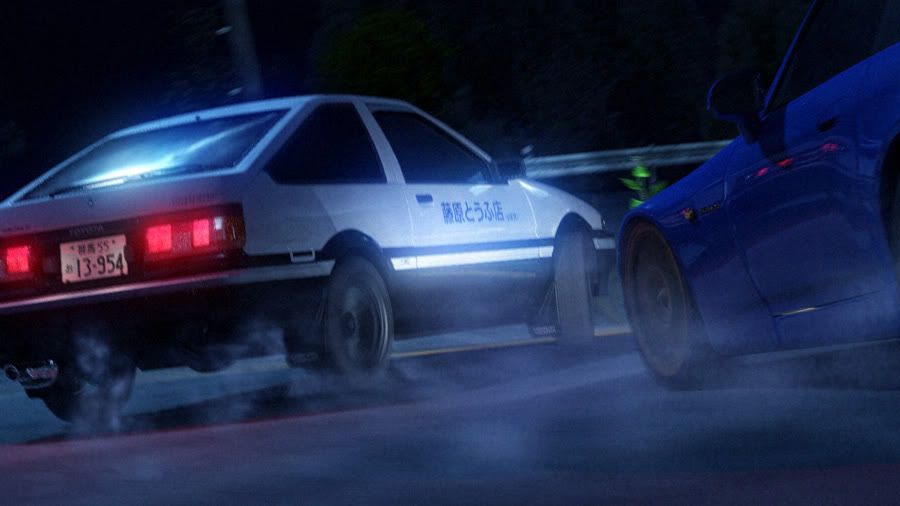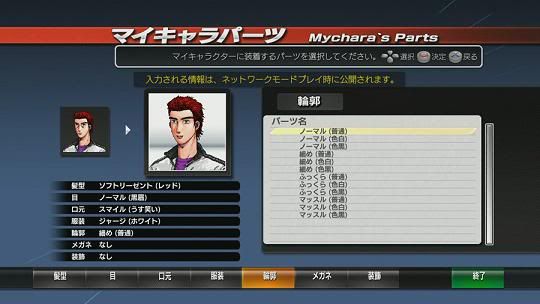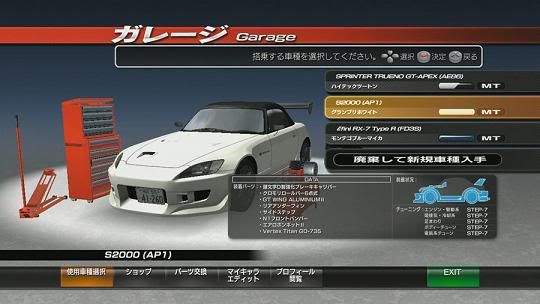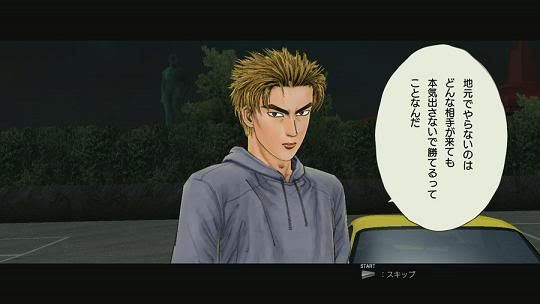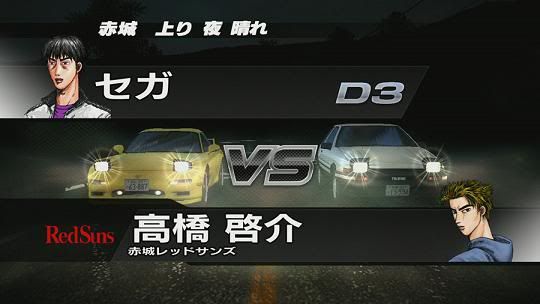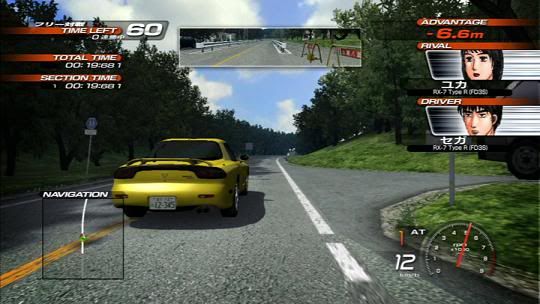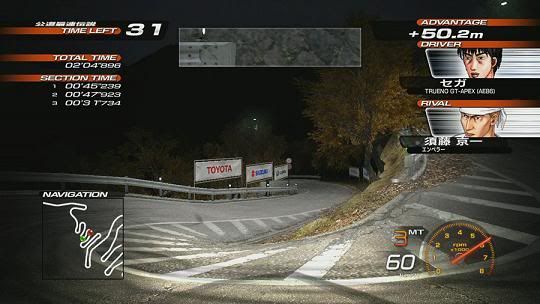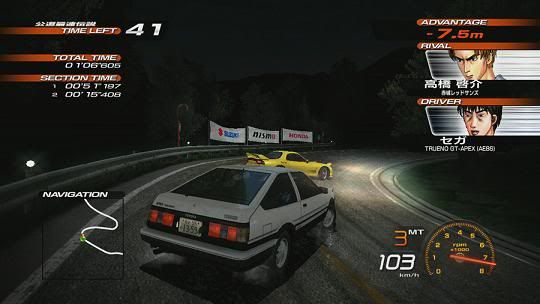Game: Obake no Q-Tarou: Wanwan Panic! オバケのQ太郎ワンワンパニック
Developer: Tose
Publisher: Bandai
Release Date: December 16th, 1985
Genre: Action/Children's
System: Nintendo Famicom
Version Reviewed: Famicom (NTSC-J)
My Score: 6.5/10

Q-Tarou is a mischievous obake, or "ghost" who loves playing pranks on people. This character was created in 1964 by the pair Fujiko Fujio, the pen name of manga writers Hiroshi Fujimoto and Abiko Moto, who also created the most popular Japanese cartoon character of all time, Doraemon. Q-Tarou was slowly down-ranked into obscurity by the weight and popularity of Doraemon.
Although Q-Tarou is a ghost, he is deathly afraid of dogs. In the game, you (unfortunately) do not get to play pranks on people. Instead, the game is based on Q-Tarou's aversion to dogs, hence the name Wanwan Panic. "Wanwan" is a Japanese onomatopoeia for a dog barking, similar to "bow wow" in English. The object of the game is you navigate through various neighborhoods eating food and avoiding dogs all while searching for your friends who are hiding from the likes of you. At the end of most levels, you open a series of windows until you see the person you are looking for. In some levels there is a boss character from whom you must rescue a fellow ghost.
The levels are "days" and there is a time. The time isn't a time limit, it just tells you what time of day it is. As the time changes, the daylight changes with it. It goes from early morning to late afternoon. There are no night stages.
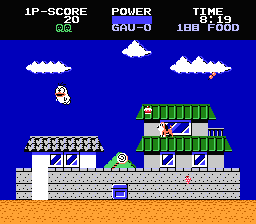
In the game, Q-Tarou can either fly or walk/jump. The game is much "easier" if you just fly through the levels (hold the "jump" button to fly), but there are airborne enemies who can reach you. In able to stay airborne, Q-Tarou must eat food. Luckily for you there is an abundance of food and candy floating in the skies for you to munch on. The more you munch, the longer your power meter keeps from depleting. This power meter isn't for how much strength Q-Tarou has, but rather his stamina. If this bar gets too low, he loses his ability to fly. If it depletes completely Q-Tarou will "die". But one hit from an enemy, and Q-Tarou will "die". I put "die" in quotations because I don't think ghosts die, or do they?
In addition to food that makes you fly, there are a lot of icons that make you invincible. They are very generous with these but they only last a few seconds. Also, if you collect a big lollipop Q-Tarou can shoot projectiles out of his mouth to get rid of those innocent puppies, bulldogs, sparrows, and crows.
There are 12 levels plus 3 different bonus stages. The 12 levels take place in a neighborhood and forest setting. Sometimes both. The bonus levels can be reached by performing specific tasks. The bonus levels take place in heaven, special heaven, and hell. These bonus stages are just for points and your performances in these stages don't affect the game other than giving you 1-ups for a given accumulation of points.
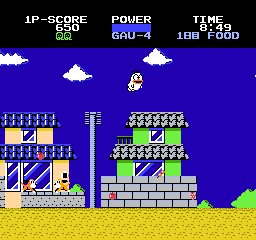
There is a rare version of the game which the cartridge housing is gold in color.
As pictured here, it carries a pricetag of 312,900 yen (roughly $3,800 USD)
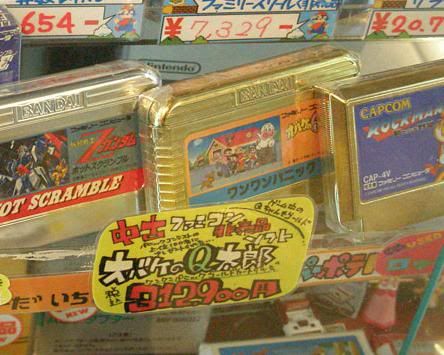
The U.S. Release:
Surprisingly this game was released in the US under the name "Chubby Cherub". The character sprites have been changed as well as the Japanese characters which emit from the dogs' mouths as they bark at you. Interestingly enough, the box art of the NES version was drawn by the creators of Q-Tarou. The game's charm was completely lost when it made its way over the Pacific. While the game play is exactly the same, an unknown character replaces a cartoon character who still lives in the hearts of thousands of kids from the 60s to the 80s.
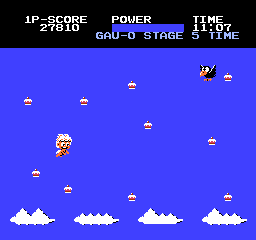
Screen Shot of Chubby Cherub.
Praises:
The music is catchy and true to the cartoon. It may get repetitive but it sure does bring back memories. If this character has no nostalgic value to you, then perhaps the music would annoy you. Another praise is the cute characters and level design. You know you are playing a game based on a kid's manga and cartoon. Bright colors and exaggerated facial expressions bring Q-Tarou and characters to life. The character designs are true to Japanese Showa-era manga.
Grievances:
The game is very repetitious. All of the levels are almost identical and there is only one boss character for the levels that do have bosses. You don't even fight the bosses per se, the enemy dogs do. You just have to dodge enemy attacks while the dogs come and attack. This "strategy" is used for all bosses, even the final boss. As mentioned, there are 12 levels. It would have been a better game if they cut that number in half and made each level unique in design. Purists will say that in the manga and anime, Q-Tarou never leaves a neighborhood or forest setting. In the interest of a better game, I could overlook this fact.
Navigating through these levels can be sometimes tedious since the controls are somewhat clunky. They just don't feel spot-on. Luckily there isn't much dodging to do. There are some obstacles in the foreground that appear to be in the background, which causes slight confusion. The game can be difficult at times for its target audience, kids, in the higher levels. No ability to continue can make this even more difficult.
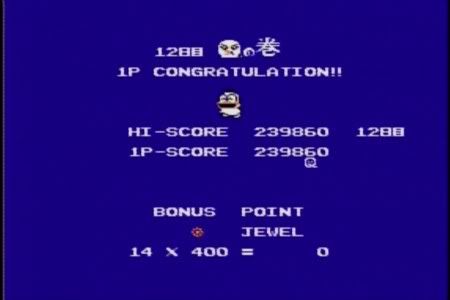
The Verdict: 6.5/10
The game's publisher, Tose, was getting its feet wet in the gaming industry and would later develop and/or port games for Nintendo such as the Starfy series, Dead Rising (Wii), among other well-known titles. It is a great early effort and a good title for a console still in its infancy. Unfortunately we know that in 1985 great games were capable of being made. This game would have been a lot better if there was better controls, more variety in level design, and more variety of music. Avoid the NES version at all costs since it is devoid of any soul and meaning. Q-Tarou makes the game, and without him, the game isn't much. The NES version is rare, so if you're a collector you probably already know this.
Those who enjoy this game most likely do so for nostalgic purposes. People who do this tend to not care about game play. If you were a kid in the 80s and either lived in Japan or have always been exposed to Japanese pop culture, then you know Q-Tarou. I vaguely remember this character growing up and it was seeing this game on the shelf in Club Chameleon (A game shop in Komatsu, Japan) that I was reminded of watching Q-Tarou but not understanding one bit.
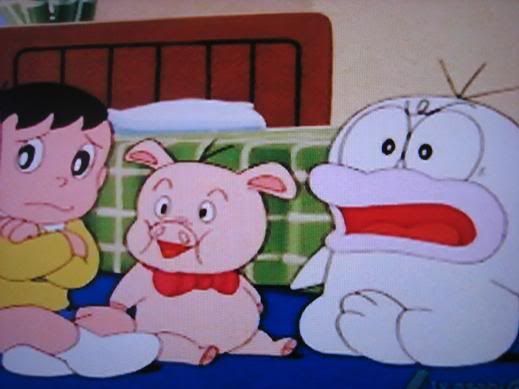
Original Q-Tarou Opening (1960s)
http://www.youtube.com/watch?v=rUVshPKoXXY
New Q-Tarou Opening (1980s)
http://www.youtube.com/watch?v=cUEUfkir_4M
Both show is fear of dogs.
A snippet of the Q-Tarou comic.

No pirated or emulated reviews, my copy:
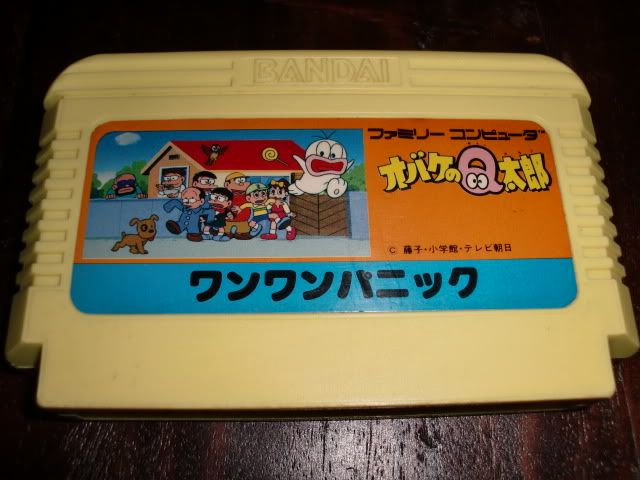
Developer: Tose
Publisher: Bandai
Release Date: December 16th, 1985
Genre: Action/Children's
System: Nintendo Famicom
Version Reviewed: Famicom (NTSC-J)
My Score: 6.5/10

Q-Tarou is a mischievous obake, or "ghost" who loves playing pranks on people. This character was created in 1964 by the pair Fujiko Fujio, the pen name of manga writers Hiroshi Fujimoto and Abiko Moto, who also created the most popular Japanese cartoon character of all time, Doraemon. Q-Tarou was slowly down-ranked into obscurity by the weight and popularity of Doraemon.
Although Q-Tarou is a ghost, he is deathly afraid of dogs. In the game, you (unfortunately) do not get to play pranks on people. Instead, the game is based on Q-Tarou's aversion to dogs, hence the name Wanwan Panic. "Wanwan" is a Japanese onomatopoeia for a dog barking, similar to "bow wow" in English. The object of the game is you navigate through various neighborhoods eating food and avoiding dogs all while searching for your friends who are hiding from the likes of you. At the end of most levels, you open a series of windows until you see the person you are looking for. In some levels there is a boss character from whom you must rescue a fellow ghost.
The levels are "days" and there is a time. The time isn't a time limit, it just tells you what time of day it is. As the time changes, the daylight changes with it. It goes from early morning to late afternoon. There are no night stages.

In the game, Q-Tarou can either fly or walk/jump. The game is much "easier" if you just fly through the levels (hold the "jump" button to fly), but there are airborne enemies who can reach you. In able to stay airborne, Q-Tarou must eat food. Luckily for you there is an abundance of food and candy floating in the skies for you to munch on. The more you munch, the longer your power meter keeps from depleting. This power meter isn't for how much strength Q-Tarou has, but rather his stamina. If this bar gets too low, he loses his ability to fly. If it depletes completely Q-Tarou will "die". But one hit from an enemy, and Q-Tarou will "die". I put "die" in quotations because I don't think ghosts die, or do they?
In addition to food that makes you fly, there are a lot of icons that make you invincible. They are very generous with these but they only last a few seconds. Also, if you collect a big lollipop Q-Tarou can shoot projectiles out of his mouth to get rid of those innocent puppies, bulldogs, sparrows, and crows.
There are 12 levels plus 3 different bonus stages. The 12 levels take place in a neighborhood and forest setting. Sometimes both. The bonus levels can be reached by performing specific tasks. The bonus levels take place in heaven, special heaven, and hell. These bonus stages are just for points and your performances in these stages don't affect the game other than giving you 1-ups for a given accumulation of points.

There is a rare version of the game which the cartridge housing is gold in color.
As pictured here, it carries a pricetag of 312,900 yen (roughly $3,800 USD)

The U.S. Release:
Surprisingly this game was released in the US under the name "Chubby Cherub". The character sprites have been changed as well as the Japanese characters which emit from the dogs' mouths as they bark at you. Interestingly enough, the box art of the NES version was drawn by the creators of Q-Tarou. The game's charm was completely lost when it made its way over the Pacific. While the game play is exactly the same, an unknown character replaces a cartoon character who still lives in the hearts of thousands of kids from the 60s to the 80s.

Screen Shot of Chubby Cherub.
Praises:
The music is catchy and true to the cartoon. It may get repetitive but it sure does bring back memories. If this character has no nostalgic value to you, then perhaps the music would annoy you. Another praise is the cute characters and level design. You know you are playing a game based on a kid's manga and cartoon. Bright colors and exaggerated facial expressions bring Q-Tarou and characters to life. The character designs are true to Japanese Showa-era manga.
Grievances:
The game is very repetitious. All of the levels are almost identical and there is only one boss character for the levels that do have bosses. You don't even fight the bosses per se, the enemy dogs do. You just have to dodge enemy attacks while the dogs come and attack. This "strategy" is used for all bosses, even the final boss. As mentioned, there are 12 levels. It would have been a better game if they cut that number in half and made each level unique in design. Purists will say that in the manga and anime, Q-Tarou never leaves a neighborhood or forest setting. In the interest of a better game, I could overlook this fact.
Navigating through these levels can be sometimes tedious since the controls are somewhat clunky. They just don't feel spot-on. Luckily there isn't much dodging to do. There are some obstacles in the foreground that appear to be in the background, which causes slight confusion. The game can be difficult at times for its target audience, kids, in the higher levels. No ability to continue can make this even more difficult.

The Verdict: 6.5/10
The game's publisher, Tose, was getting its feet wet in the gaming industry and would later develop and/or port games for Nintendo such as the Starfy series, Dead Rising (Wii), among other well-known titles. It is a great early effort and a good title for a console still in its infancy. Unfortunately we know that in 1985 great games were capable of being made. This game would have been a lot better if there was better controls, more variety in level design, and more variety of music. Avoid the NES version at all costs since it is devoid of any soul and meaning. Q-Tarou makes the game, and without him, the game isn't much. The NES version is rare, so if you're a collector you probably already know this.
Those who enjoy this game most likely do so for nostalgic purposes. People who do this tend to not care about game play. If you were a kid in the 80s and either lived in Japan or have always been exposed to Japanese pop culture, then you know Q-Tarou. I vaguely remember this character growing up and it was seeing this game on the shelf in Club Chameleon (A game shop in Komatsu, Japan) that I was reminded of watching Q-Tarou but not understanding one bit.

Original Q-Tarou Opening (1960s)
http://www.youtube.com/watch?v=rUVshPKoXXY
New Q-Tarou Opening (1980s)
http://www.youtube.com/watch?v=cUEUfkir_4M
Both show is fear of dogs.
A snippet of the Q-Tarou comic.

No pirated or emulated reviews, my copy:


